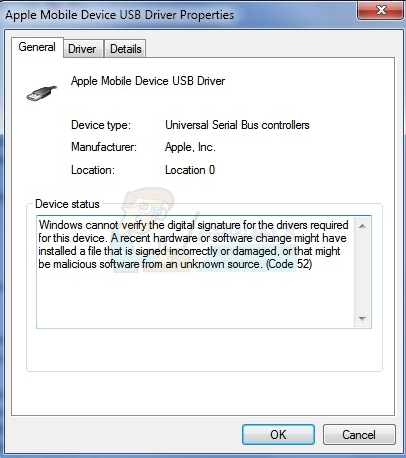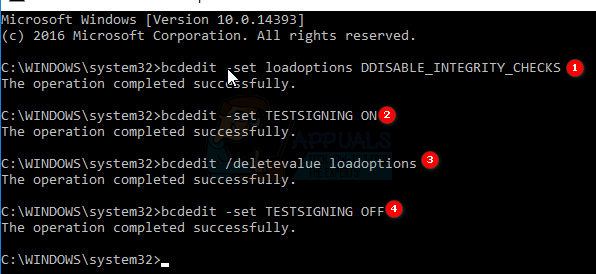This issue happens for a lot of users, especially with Windows 7. There is no clear root cause for the error, but some users began seeing it after installing a specific update, and the update was different, meaning there are a few of them that might have caused the issue. It basically indicates a driver failure, and Microsoft would recommend either running the troubleshooter or updating the drivers manually.
However, if you’ve ever had other issues with drivers, you will know that the aforementioned solutions seldom work, but fortunately we have a few other things that you can do, that will help you solve the issue, and they’ve been confirmed to work for a number of users with this issue. The first method is universal and will help for almost any device with this issue, along with the second one, and the last and final method is if your issue is with the USB drivers. See which one fits your situation best and go ahead.
Method 1: Delete the USB Upper Filter and Lower Filter entries (only applies if the problematic devices are the USB drivers)
There are two registry entries known as UpperFilters and LowerFilters, that can cause this kind of issues, and oftentimes deleting them is the way to solving them. Note, however, that editing your registry can cause a lot of problems if done incorrectly, so check twice before proceeding with each step of the method. HKEY_LOCAL_MACHINE\SYSTEM\CurrentControlSet\Control\Class{36FC9E60-C465-11CF-8056-444553540000}
At this point, you have three possible solutions for your problem. However, not each one can be used in all situations, so it is advised that you read through all of them and see which one fits your situation best. Then, go ahead and use it to solve your Code 52 issue.
Method 2: Use an elevated command prompt to disable integrity checks
The issue appears when Windows tries to verify the digital signature and integrity of a device, and disabling that option may allow you to install the drivers for it. The steps are as follows: If this doesn’t work, there is another set of commands that you can use. Follow step 1 of the method to open the Command Prompt, and in step 2, replace the aforementioned commands with the following ones: bcdedit -set TESTSIGNING ON
bcdedit -set TESTSIGNING OFF You shouldn’t be getting the Code 52 error at this point, but if you are, proceed with the next method.
Method 3: Disable Driver Signing Checking from the Advanced Boot Options (Windows 8 and 10) Only
This method will let you disable driver signing checking before Windows boots, which can allow you to install the drivers for the problematic devices without Windows checking for the signatures.
How to Fix ‘The Third-party INF doesn’t contain Digital Signature Information’USB 2.0 vs USB 3.0 vs USB 3.1: Which should you Have and Why?Fix: Operating System Loader has no SignatureHow to Fix the ‘Secure Boot Violation - Invalid Signature Detected’ Problem on…

